ECB President Christine Lagarde said the central bank was creating a team of around 10 staff, reporting directly to her, to set the agenda on climate-related topics. “Climate change can create short-term volatility in output and inflation through extreme weather events, and if left unaddressed can have long-lasting effects on growth and inflation,” Lagarde noted.
Executive Board member Fabio Panetta also said, ECB has already taken steps on contributing to environmental policies in the implementation of monetary policy. For example, “sustainable finance instruments – the sustainability-linked bonds – among the collateral that can be used in refinancing operations” were included.
Additionally, “the ECB has to protect its balance sheet from the financial risks caused by climate change that are not correctly priced by the markets,” Panetta added. “By performing its own analysis of these risks on the basis of rigorous methodologies, the ECB can contribute to the accurate valuation of these climate-related risks and promote awareness among investors, thereby helping to combat climate change. These issues are currently being considered as part of our monetary policy strategy review.




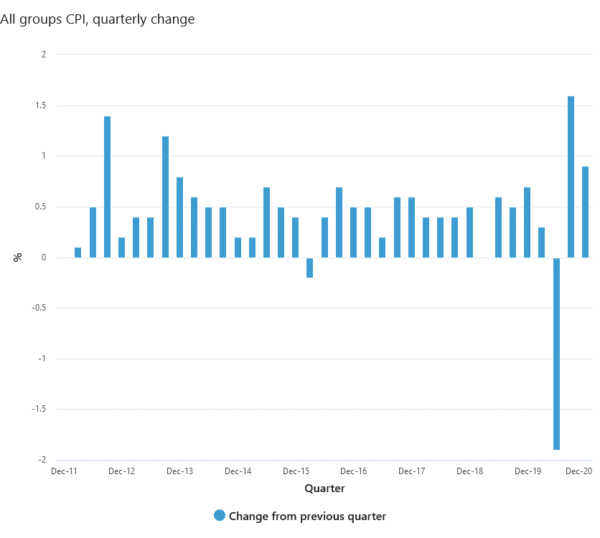
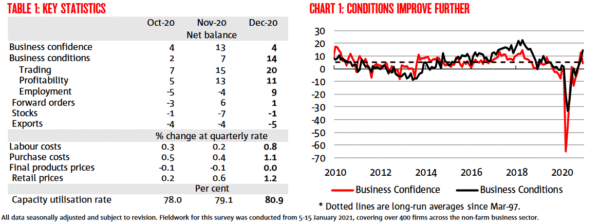
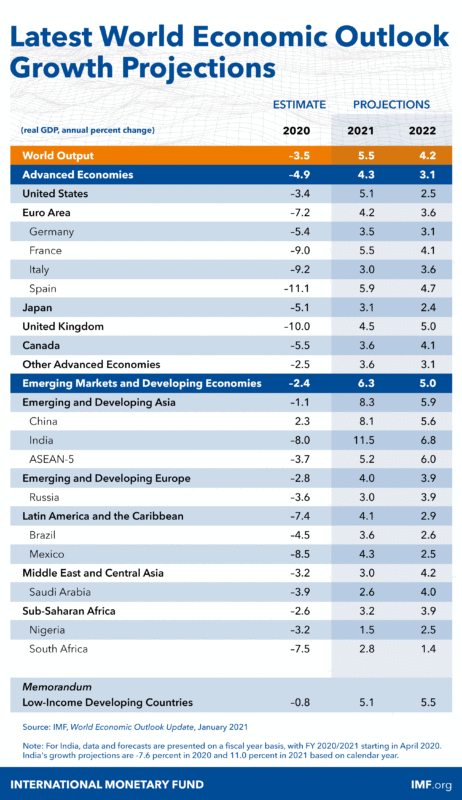
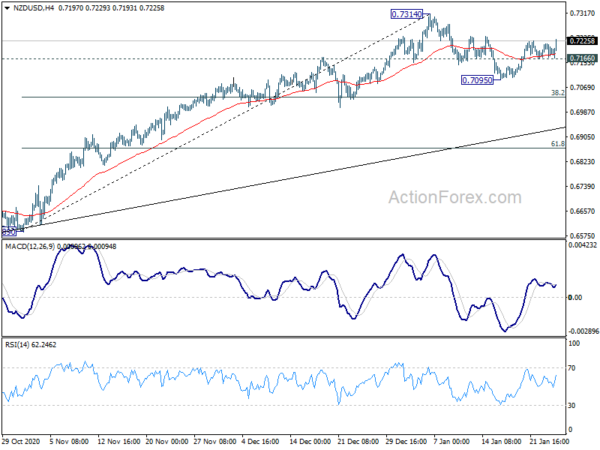
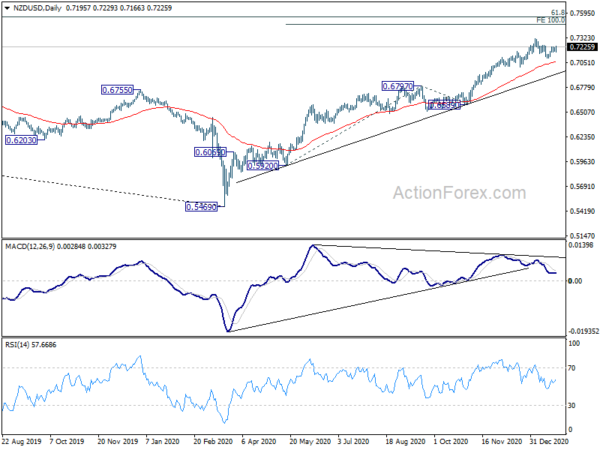
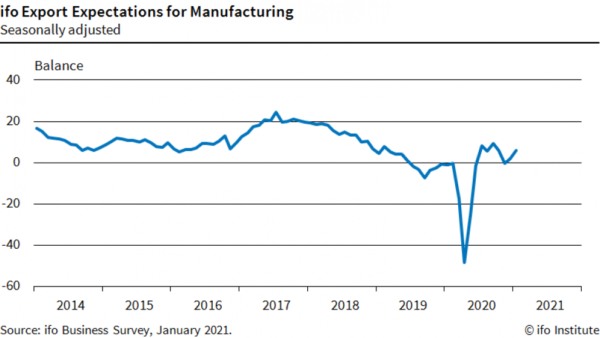
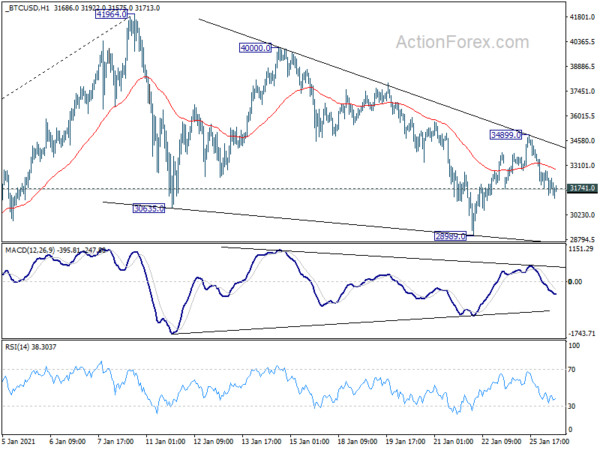
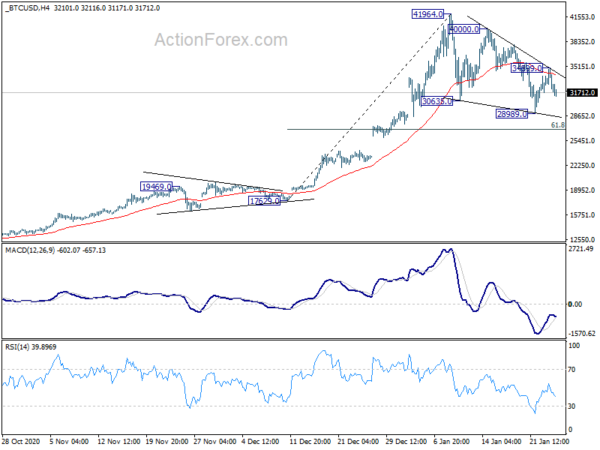
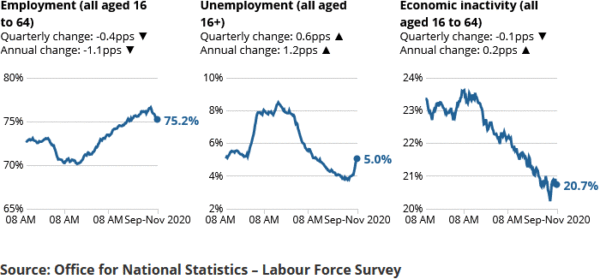
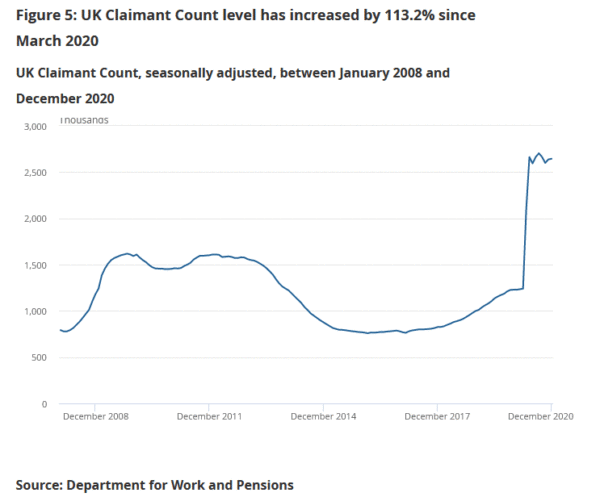
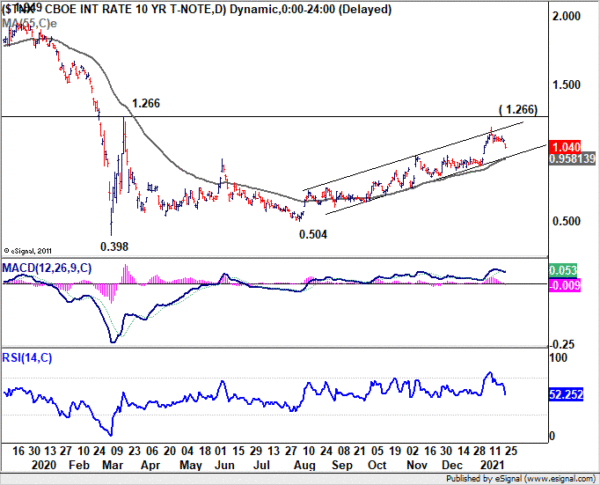
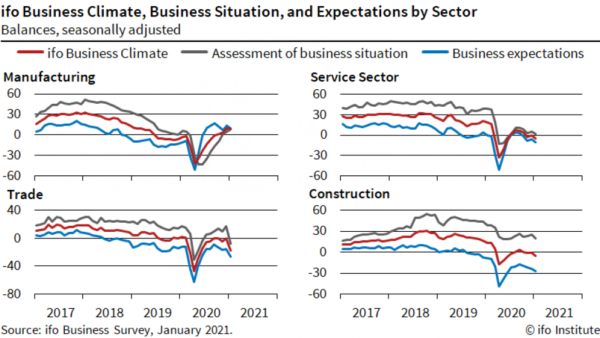
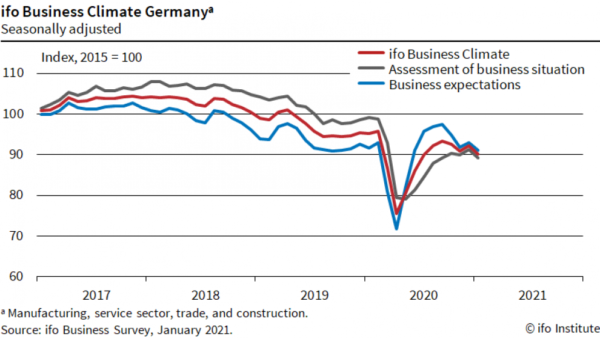

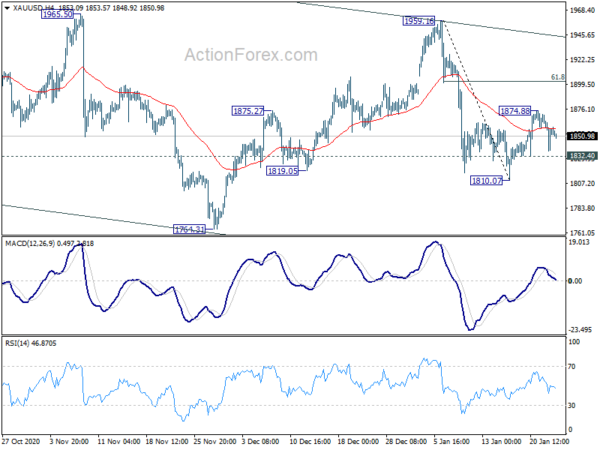
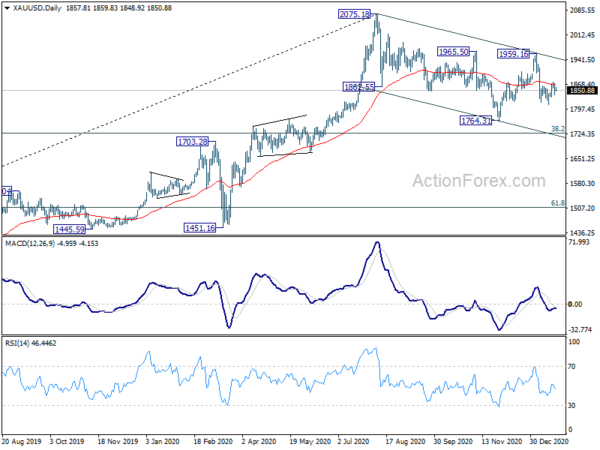
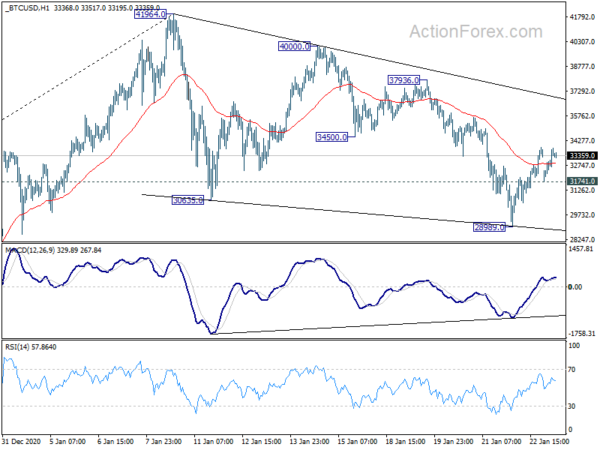
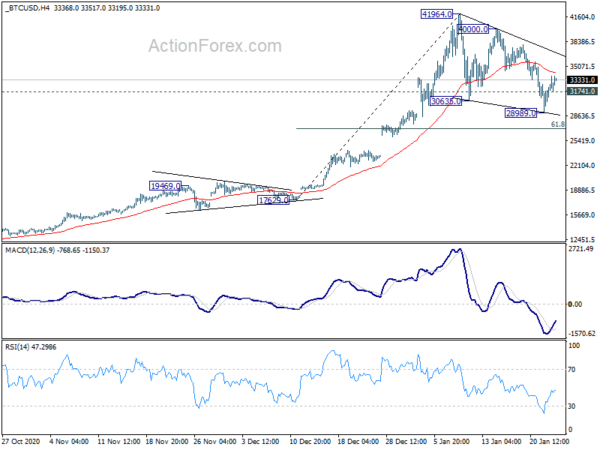

Dollar index staying bearish, FOMC previews
Fed is widely expected to keep monetary policy unchanged today. Despite recent resurgence in coronavirus infections and the economic impact, roll-out of more fiscal stimulus and positive vaccination progress would keep policy makers in a wait-and-see mode. Federal funds rate will be held at 0-0.25% while asset purchase will continue at current pace of USD 120B per month. Chair Jerome Powell would likely re-emphasize that Fed is in no position to even start discussing tapering of quantitative easing yet.
Here are some suggested readings:
Dollar Index is staying in range trading for now, reflecting the consolidation in most Dollar pairs. DXY is held below falling 55 day EMA, as well as 91.01 near term resistance, keeping outlook bearish. The down trend from 102.99 would more likely extend lower than not. Though, downside momentum has been clearly diminishing as seen in daily MACD. Hence, we’d expect strong support from 61.8% projection of 102.99 to 91.74 from 94.74 at 87.88 to contain downside and bring sustainable rebound, even in case of another down move.